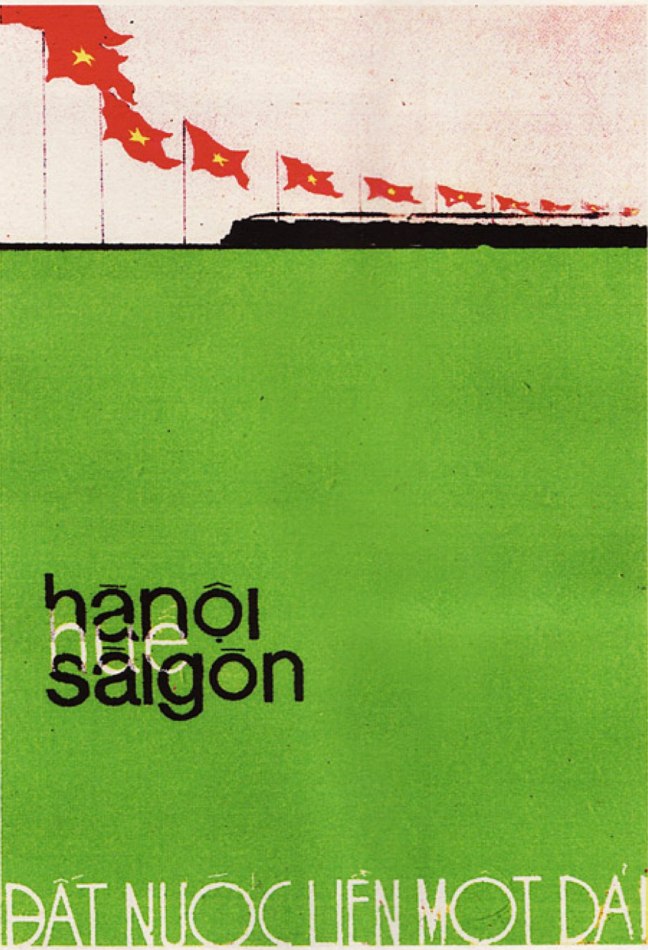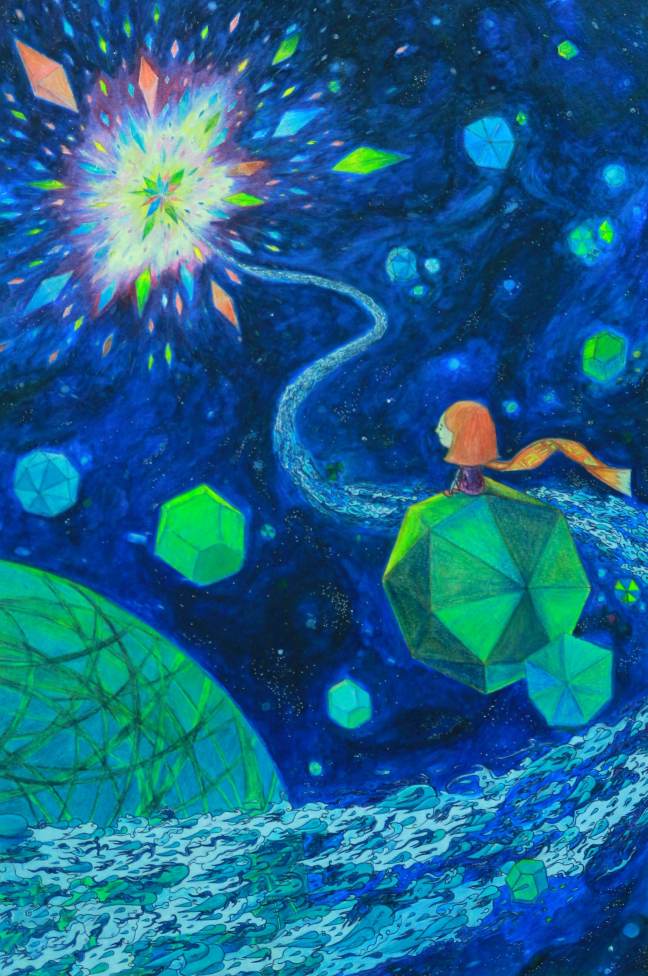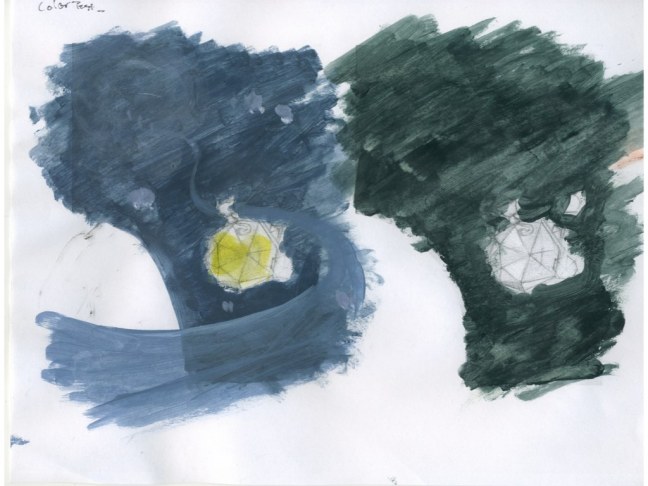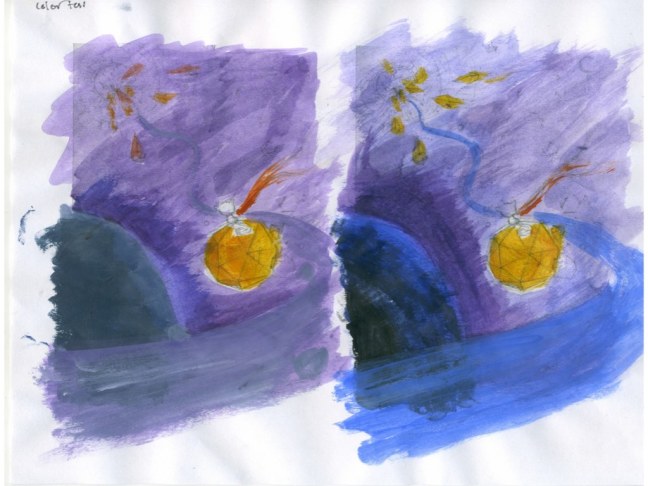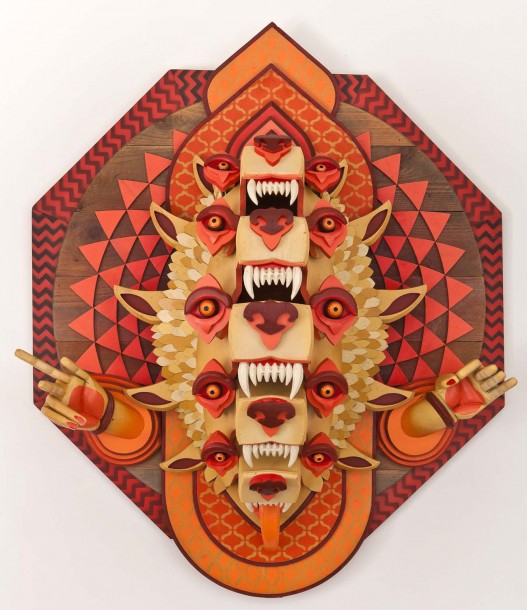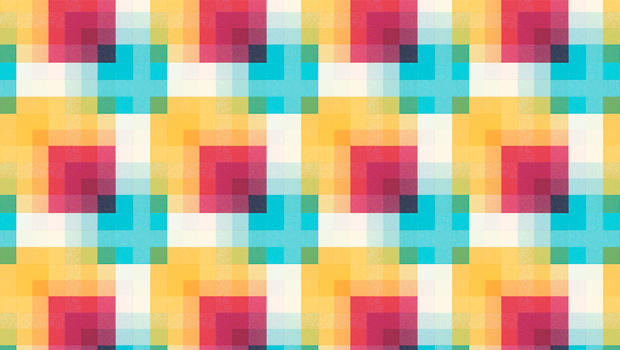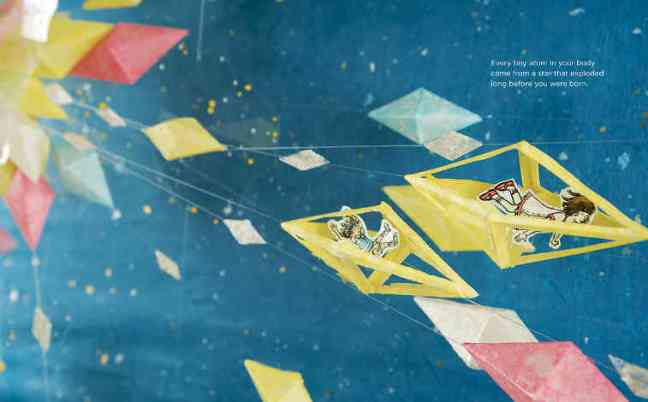When a representative from the Bijou Film Center came to my Reading Film class to introduce about the screening of the oscar-nominated documentary Finding Vivian Maier, I was not that interested. However, nearing to end of the week, out of curiosity, I bought a ticket for the Sunday night show.
It was 20 degree (Fahrenheit) outside and I was riding my bike for 2 miles to reach the Byrd Theater. My phone, which was my GPS, died half way so I nearly got lost. There were other options for me to spend the night, but somehow, the desire to see this film was so great that I forced myself to go out.
There were more than 600 people at the theater that night. And the moment when I stepped into the Byrd for the first time, my journey paid off immediately. The grandeur, and majesty of the theater took my breath away. I kept staring at the mesmerizing main chandelier. Then, my eyes shifted to the grand piano, the gigantic columns and the elaborate decorations on the walls. It felt like I was in the 1920s.
Before the documentary began, a 1963 oscar-winner short film title The Critic was shown. Though I did not get most of the jokes, which the majority of the audience laughed at, the simple animations and the comical tones of the narrator entertained me.
Afterwards, Finding Vivian Maier began and I was slowly transported to another world. The serendipity of the whole story intrigued me deeply. What is the chance of a random guy, buying a box of negatives from an auction, which then turned out to belong to a prolific, mysterious, and private photographer, who took thousands of beautiful photos just to hide them away? As the documentary progressed, I knew that everyone was on the same page: We all wanted to know who Vivian Maier was and why she did the things she did.
In addition to the intriguing story, it fascinated to notice that the narration of the whole documentary came from direct interviews, conversations, questions, and answers gathered throughout the process of finding the mysterious photographer. The simplicity of the delivery was both effective and addicting.
At the end of the film, I left the theater with a sense of wonder and discovery. I had known more about this extraordinary yet private photographer. I had a glimpse of what great photography would look like and what went into creating great photos. Finally, I had more faith that her works were now being seen and appreciated by people around the world.

